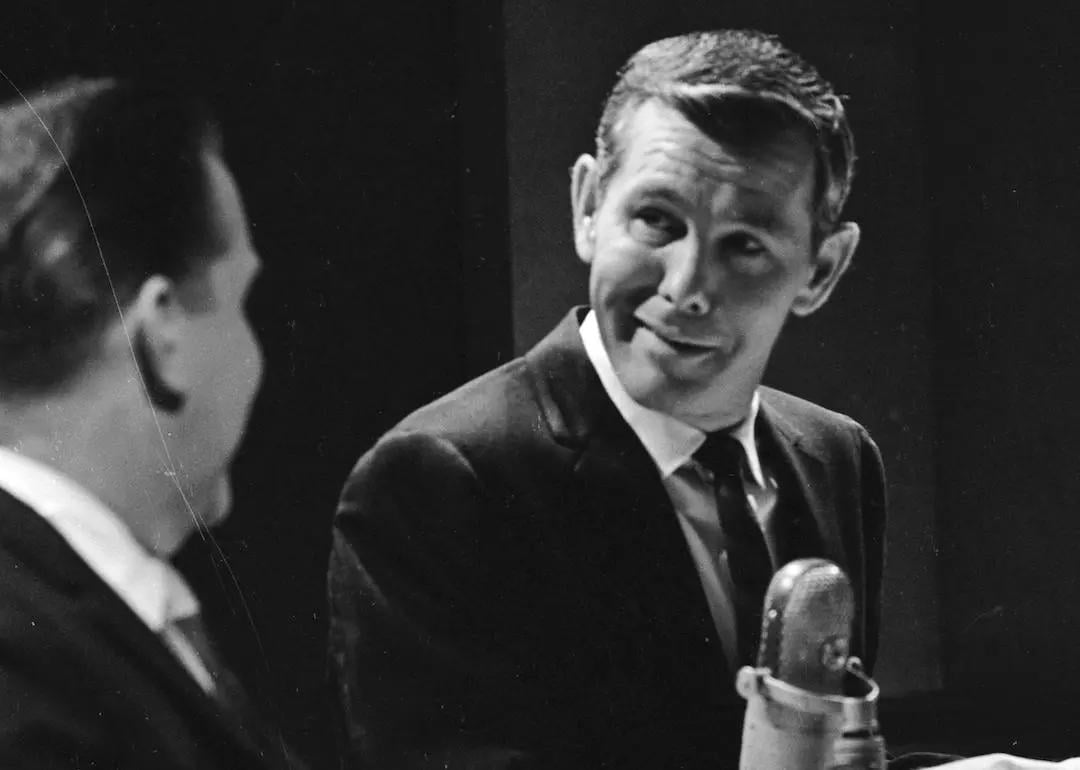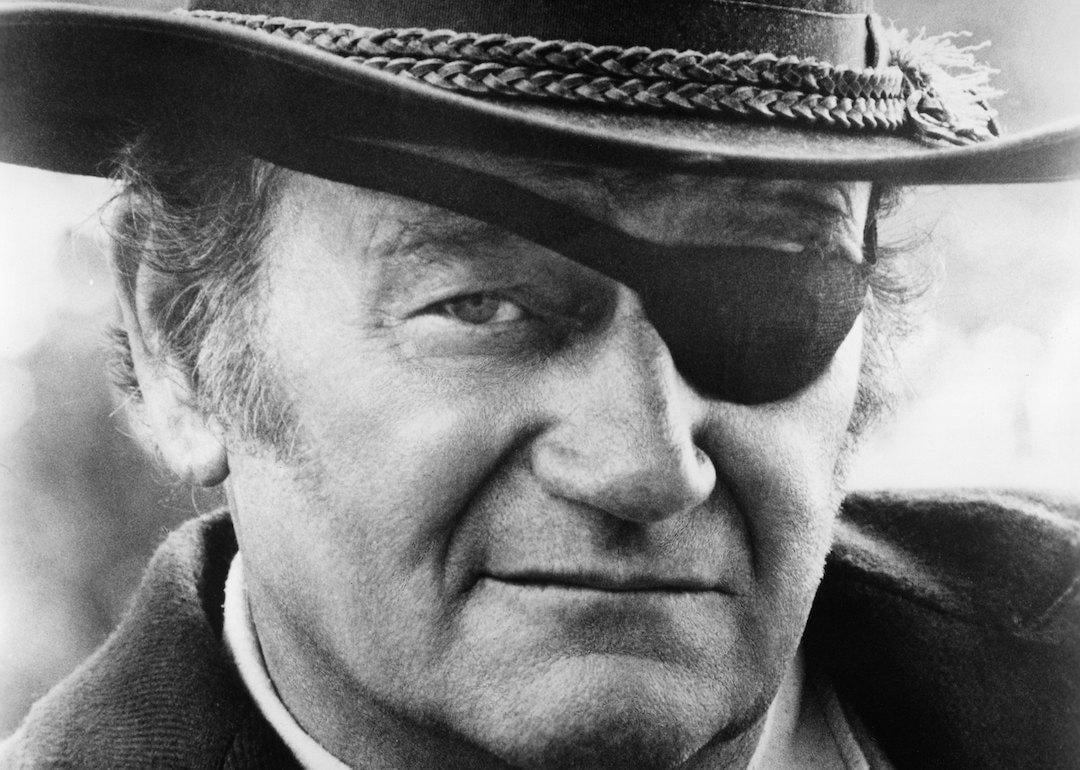
Silence is never neutral
Silence is never neutral
Silence looks simple, but neuroscience shows it’s one of the most underrated leadership skills in a noisy world.
You ask a question in a meeting. Three seconds pass. Eyes dart. Someone clears their throat. You feel the urge to jump in and rescue the moment.
But what if that uncomfortable silence was the most powerful tool you had as a leader?
ACT Leadership, a leadership coaching firm, notes that silence is a skill. It looks simple — say nothing — but it’s powerful precisely because it isn’t blank space. Silence shapes what happens next.
The Science of Silence
Silence isn’t empty — it’s information. Our brains start decoding it instantly. Depending on the context, it can land as space, threat, or permission.
Space. In classroom studies, when teachers waited just three seconds after asking a question, student answers became longer and more thoughtful (Rowe, 1974). The same “wait time” helps in meetings — silence gives the prefrontal cortex, the brain’s problem-solving center, a chance to engage.
Threat. Even a four-second gap can feel like social rejection (Koudenburg et al., 2011). The amygdala — the brain’s threat detector — lights up, scanning for danger. Suddenly, that small pause feels like tension.
That’s why so many leaders rush to fill the air. It’s not weakness; it’s wiring.
Permission. When a leader signals that the pause is intentional — “Take a moment to think before answering” — silence becomes respect. It tells people, I trust you enough to think.
Research on psychological safety shows that small signals of inclusion lower stress and build trust (Edmondson, 1999).
And it works. At MIT Sloan, researchers found that negotiators who inserted deliberate pauses of three seconds were more likely to move from defensive positions to creative, cooperative outcomes (Curhan et al., 2021).
Silence Stamina
Coaches are trained to use silence intentionally. But that doesn’t mean it’s easy.
The pause can feel awkward. Leaders want to relieve the tension — to keep momentum.
Yet that discomfort is the point. Staying in the pause builds “silence stamina.”
Like any muscle, it strengthens with practice. The longer you can hold the pause, the more space you create for others to process and speak. Over time, that space becomes connection.
In coaching, silence isn’t absence — it’s presence. It’s the moment when insight has room to surface. Leaders can borrow the same discipline: resist the urge to fill the air, and hold the space so others can think.
Why It Matters
- It improves thinking. Quick talk keeps conversations at the surface; silence lets people move from reactive to reflective.
- It signals respect. Stepping back lets others step in.
- It builds trust. When you don’t rush to speak, people feel heard.
As Kevin Cashman writes in “The Pause Principle”:
“What sleep is to the mind and body, pause is to leadership and innovation.”
(Cashman, "The Pause Principle")
Practice
Next time you lead a meeting, start from a genuine mindset of curiosity — not as a technique, but as an invitation.
- Ask a question you don’t already know the answer to. Something that truly interests you — ideally open-ended, starting with what or how.
- Count silently to three before speaking again. Let others think.
- If the silence stretches, stay with it and notice the impact — who fills the space and how the quality of answers shifts.
Discomfort is where connection grows — and where curiosity turns into trust.
The Quiet Advantage
Silence isn’t a void to fill — it’s an invitation to listen.
Leaders who master it don’t just hold back words; they create the conditions for others to think, contribute, and connect.
In a noisy, complex world, silence may be the simplest — and most underrated — leadership skill of all.
This story was produced by ACT Leadership and reviewed and distributed by Stacker.



